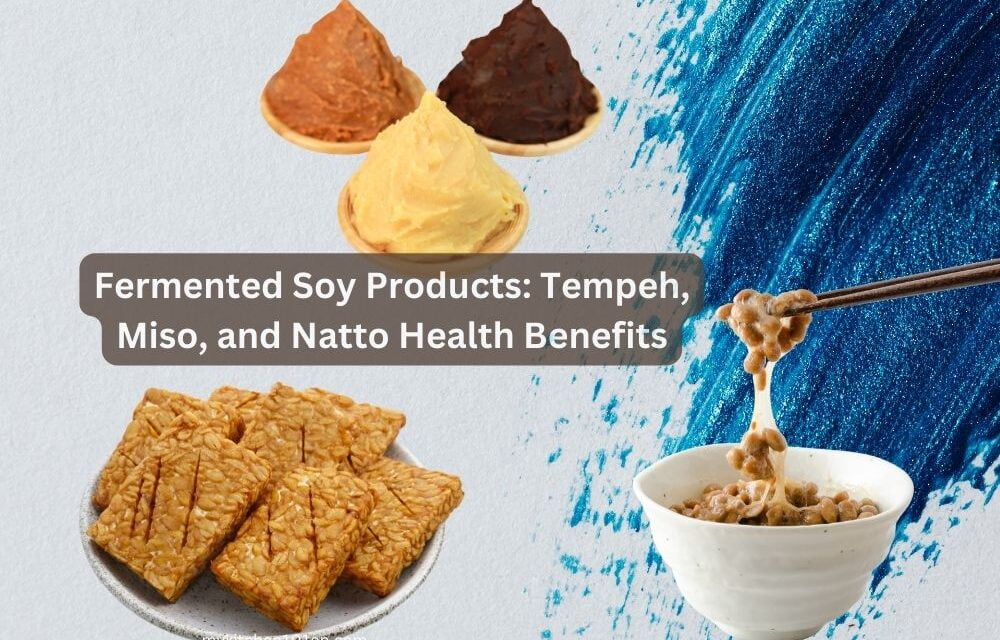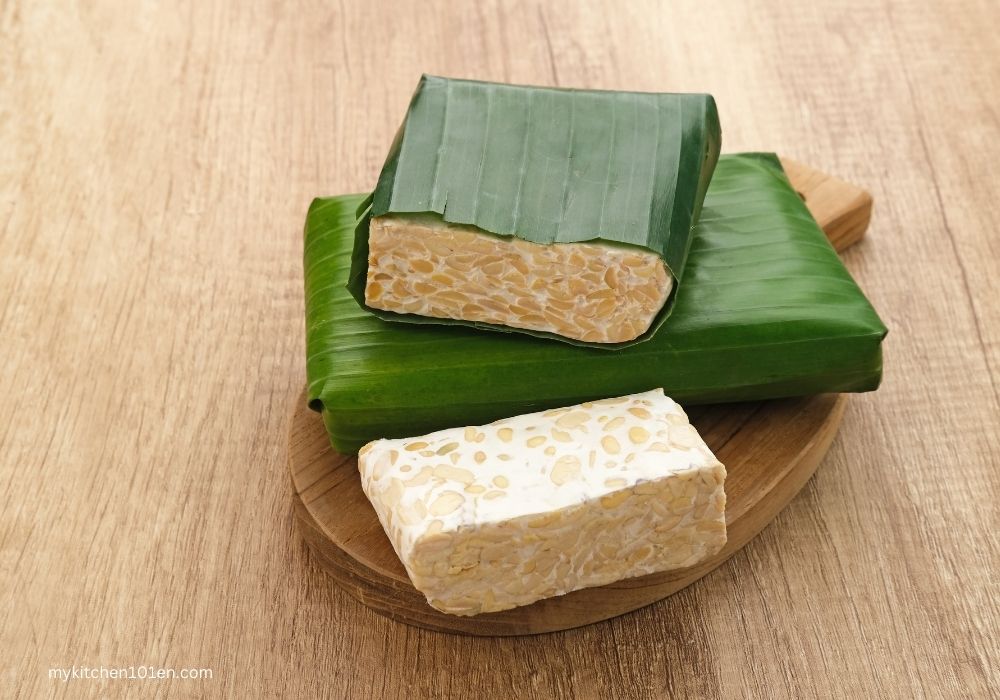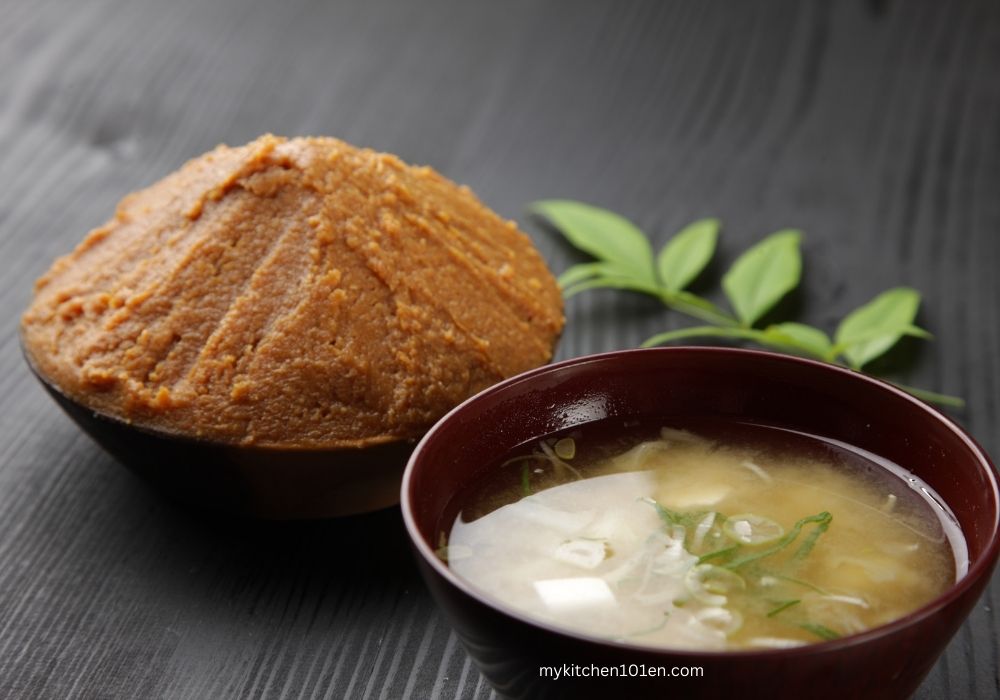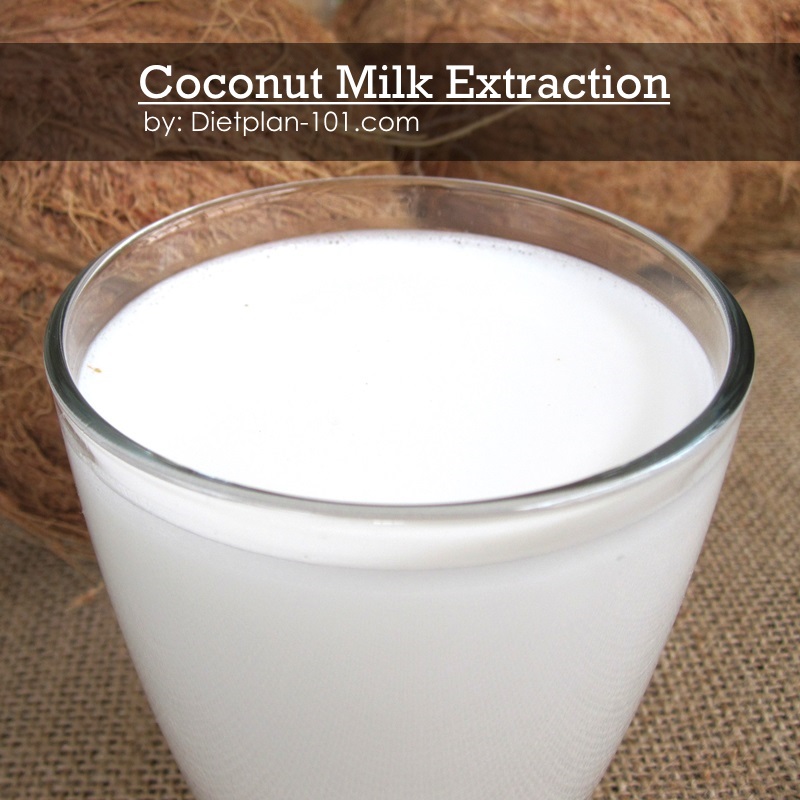As more people embrace plant-based diets, fermented soy products such as tempeh, miso, and natto are becoming increasingly popular.
Fermented soy products are nutrient-dense foods that offer numerous health benefits. In this blog post, we’ll explore the benefits of eating fermented soy products and how you can incorporate them into your diet.
Fermented soy products are often used in vegetarian and vegan diets due to their meaty texture and umami flavor
What are fermented soy products?
Fermented soy products are made from soybeans that have been soaked, cooked, and inoculated with microorganisms such as bacteria and fungi. The microorganisms break down the soybeans’ proteins, making them more digestible and creating beneficial compounds such as probiotics, vitamins, and enzymes.
Fermented soy products have been a part of traditional Asian diets for centuries. Today, these foods are enjoyed by people all over the world for their unique taste and nutritional benefits.
Tempeh
Tempeh is a fermented soy food native to Indonesia. It’s produced by pressing cooked soybeans into a cake and then inoculating it with a fungus called Rhizopus oligosporus.
The fungus grows on the soybeans and creates a white, cottony coating that binds the beans into a cake. Tempeh has a nutty flavor and a solid, meaty texture, making it an adaptable element in a variety of cuisines.
How to Prepare Tempeh?
Tempeh can be grilled, roasted, fried, or crumbled and used in stir-fries, salads, and sandwiches. Tempeh can also be marinated to add flavour and tenderise it.
Miso
The ingredients for making miso, a traditional Japanese fermented soybean paste, are cooked soybeans, salt, and a particular kind of fungus called koji. Depending on the flavour and texture goals, the mixture is then aged for a few months to a few years.
The flavour of miso gets deeper and more potent as it ages. Miso is frequently used in soups, marinades, and sauces because of its deep, savoury flavour, which can be sweet or salty.
Natto
Natto, a Japanese dish made from fermented soybeans, has an extremely strong odor and pungent taste. To make natto, cooked soybeans are fermented with Bacillus subtilis—a type of bacteria.
The slimy texture of natto is caused by an enzyme called nattokinase, which the bacteria produce. It is usually served with rice and Japanese condiments like scallions, mustard or soy sauce to enhance its strong nutty flavour.
Tempeh, miso, and natto are all vegan and gluten-free, making them a great option for people with dietary restrictions.
How Fermented Soy Products Are Different from Other Soy Products
Fermented soy products are different from other soy products such as tofu and soy milk because they undergo the process of fermentation. Fermentation breaks down the soybean’s proteins, making them more digestible and creating beneficial compounds such as probiotics, vitamins, and enzymes.
In addition, fermented soy products are lower in anti-nutrients such as phytic acid, which can interfere with the absorption of minerals such as iron and zinc. This makes fermented soy products a better source of nutrients than non-fermented soy products.
Risks and Limitations of Fermented Soy Products
While fermented soy products are generally safe to eat, some people may be allergic or have digestive issues when consuming them. It’s important to experiment with small amounts of fermented soy and monitor your body’s response.
Fermented soy products, such as natto and miso may have a strong smell or flavor that can be off-putting to some people. However, there are many ways to incorporate fermented soy products into your diet—you might even find you enjoy them once they grow on you!
The Bottom Line
Fermented soy products such as tempeh, miso, and natto are nutrient-dense foods that offer numerous health benefits. They are high in protein, fiber, vitamins, minerals, and probiotics, which can support digestive health, boost immunity, and reduce the risk of chronic diseases such as heart disease, diabetes, and cancer.
If you’re new to fermented soy products, start by incorporating small amounts into your diet and experimenting with different recipes and flavors. Tempeh can be grilled or fried and added to sandwiches or salads, miso can be used in soups or marinades, and natto can be served with rice or used as a sushi topping.
In conclusion, fermented soy products are a delicious and nutritious addition to any diet. They offer unique flavors, textures, and health benefits that make them a great alternative to other soy products. So why not try them out and see how they can benefit your health and well-being?
Facts
Fermented soy products are traditional foods that have been popular in East Asia for centuries. They are made by fermenting soybeans, which increases the bioavailability of the nutrients within the soybeans [1]. The market for fermented foods and drinks is expected to grow by $846.73 billion from 2023 to 2027 at a compound annual growth rate (CAGR) of 7.16% [2].
Sources:









